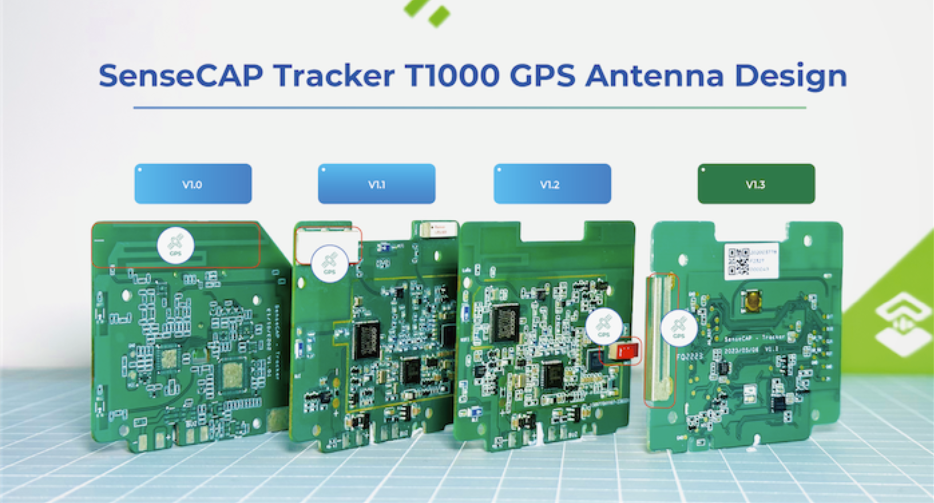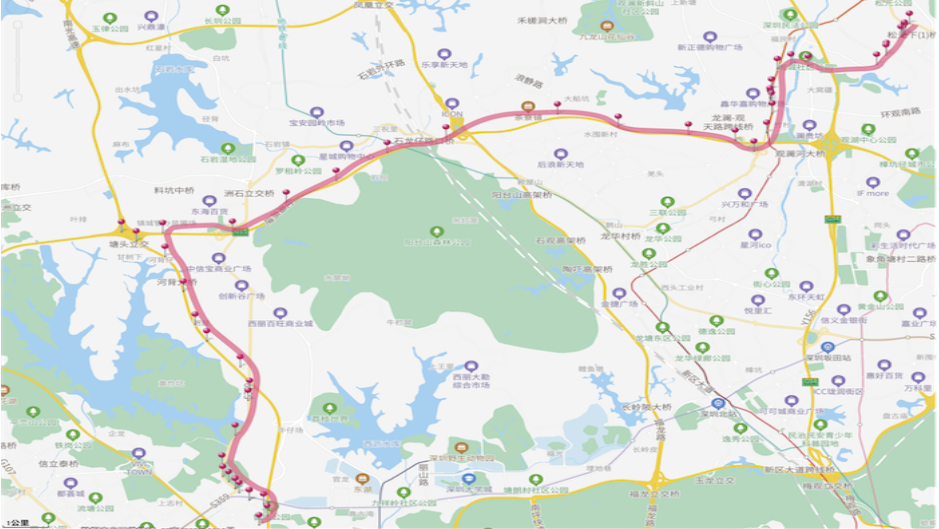Open Manufacture: How We Optimized the GPS Antenna for our SenseCAP T1000 LoRaWAN Tracker to Achieve 99%+GPS Pinpointing
This blog will take you on a journey of our SenseCAP T1000 GPS Antenna Design.
In today’s fast-paced world, where location-based data is king, having a reliable GPS tracker is more crucial than ever. Whether you’re exploring new horizons, monitoring valuable assets, or simply navigating the concrete jungle of a city, the accuracy of your GPS tracker can make or break your experience. In this blog, I’ll take you on a journey behind the scenes, shedding light on the crucial role of GPS antennas in our newly released SenseCAP T1000 LoRaWAN GPS Tracker. Get ready to explore the science, challenges, and breakthroughs that make SenseCAP T1000 a game-changer in the world of GPS tracking, all while tackling the formidable challenge of compact antenna design.
Imagine a world where your GPS device consistently pinpoints your location with unparalleled precision, regardless of the terrain or conditions. Envision a GPS tracker that guides you flawlessly through urban canyons and remote wilderness, ensuring you never lose your way. This is the story of our SenseCAP journey with the optimized GPS Antenna for SenseCAP T1000. We’re excited to share some behind-the-scenes insights into the design process of the GPS antenna which is a key component onboarded on our SenseCAP T1000 LoRaWAN Tracker. We’ve gone through several iterations, experimenting with different layouts and materials to find the optimal solution.

Fig 1. SenseCAP Tracker T1000 GPS Antenna Design
Usually, the GPS antenna plays a crucial role in the functionality of a GPS tracker. It receives signals from GPS satellites, enabling accurate location determination, real-time updates, and overall improved performance of the device.
We have undergone a series of antenna advancements in our journey towards improvement. Starting with an onboard PCB antenna in v1.0, we progressed to ceramic antennas in v1.1 and v1.2, experimenting with different layouts along the way. Currently, we are in the testing phase of a shrapnel antenna for v1.3, which has already demonstrated remarkable outcomes, accurately pinpointing over 99% of GPS locations on the map.
You might also want to learn how we test the GPS antenna accuracy. Here are the steps that we took to review the accuracy of the V1.0 antenna and V1.3 antenna. One of our testing engineers took his daily car routine to work as the reference routine, then our engineer took the tracker with V1.0 antenna and V1.3 antenna to record all the reported locations on the routine. When we got the 2 GPS location pins on the map, we compared them with the reference routine, and calculated deviation. One more thing, apart from this routine, we also repeated the test in different locations and considered factors like environmental conditions to make sure we got the accuracy right.

Fig 2. Performance of V1.1

Fig 3. Performance of V1.3
| Version | Layout on the PCB | Antenna Type | Accuracy |
| V1.0 | Inbuilt on the top edge of PCB | PCB Antenna | Low with around 20% pinpointing |
| V1.1 | Left top of the PCB | Ceramic Antenna | Little High |
| V1.2 | Right side edge, middle | Ceramic Antenna | Medium |
| V1.3 | Left side edge | Shrapnel Antenna | High with 99% Pinpointing |
Table 1. Comparison Of GPS Antenna Design
Achieving an accuracy of 99%+ pinpointing on the map is quite impressive. However, our pursuit of excellence does not end here. We will continue conducting thorough tests to ensure that it attains its maximum potential. Stay tuned for more updates as we’ll unveil more behind the scenes of how we designed and manufactured the SenseCAP T1000 LoRaWAN Tracker.
In case you don’t know much about SenseCAP T1000, it is redefining the way you track what truly matters. It isn’t just a product; it’s a promise of limitless connectivity. With global coverage, durability, and onboard sensors, it’s the ultimate solution for your tracking and environmental monitoring applications. Explore SenseCAP T1000 today and be part of a connected world with SenseCAP T1000 without boundaries.
